By Anagha Madhan and Sowjanya Srinivasan for En Avant Winter 2024
Do you love dancing? Do you watch the beautiful ballerinas dancing and moving daintily across the stage in their lovely tutus, and imagine yourself in their place? Do you think of ballet as more than just a fun hobby, something more serious that you could see yourself do for the rest of your life? The good news is that it is possible for you to turn your passion into a career. Here is a guide to help you navigate your way into the Ballet World.
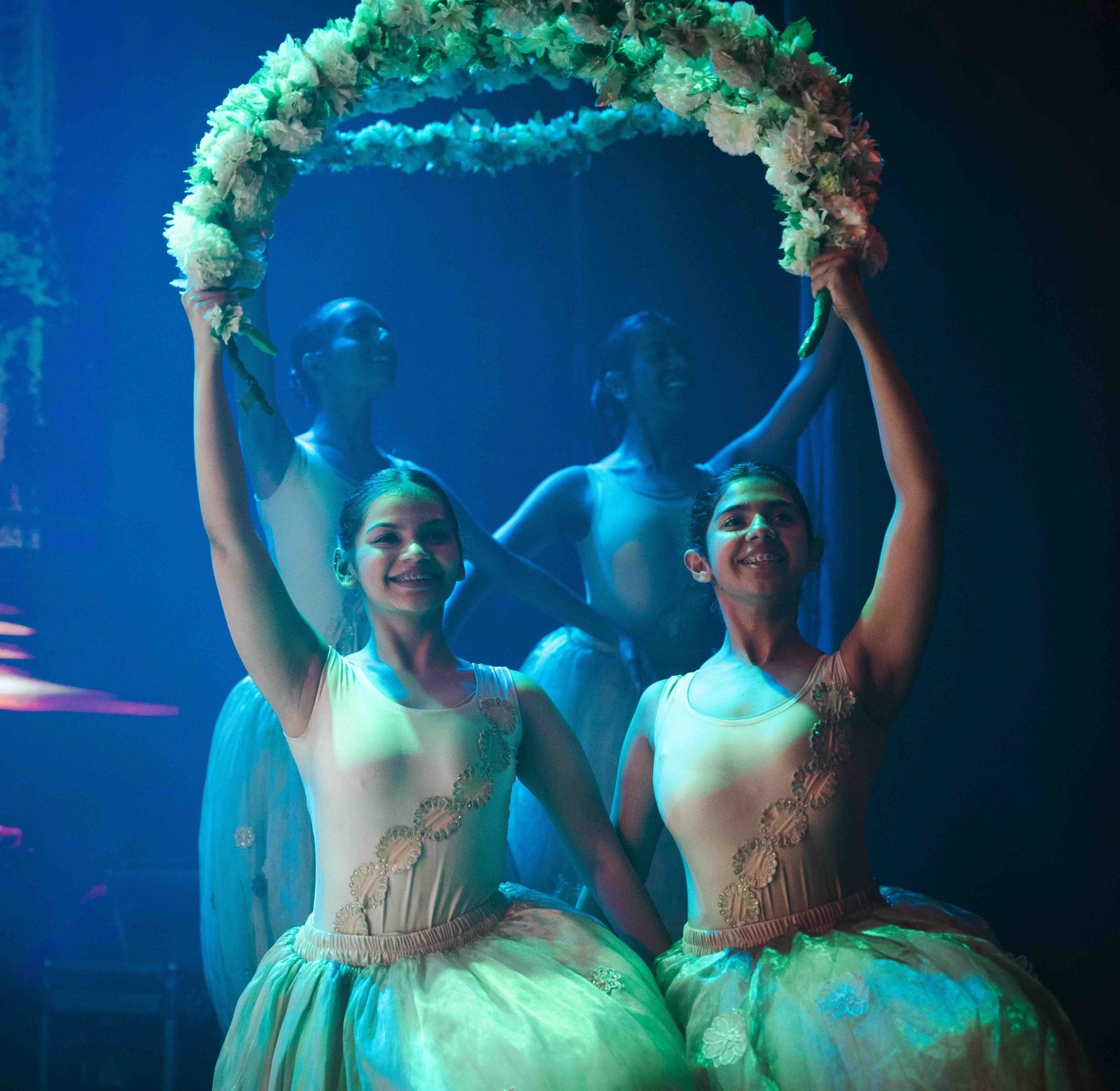 Are you wondering what are the steps you can take to actualize your dreams? Here’s what a typical dancer’s journey would look like: start dancing at a very young age, work hard and get accepted into a pre-professional dance program in a prestigious ballet school, and excel there to get scouted by a prestigious dance company. But not everyone’s path is going to look like this. There are multiple routes a person can take in their dance journey in order to reach the destination at any point of time.
Are you wondering what are the steps you can take to actualize your dreams? Here’s what a typical dancer’s journey would look like: start dancing at a very young age, work hard and get accepted into a pre-professional dance program in a prestigious ballet school, and excel there to get scouted by a prestigious dance company. But not everyone’s path is going to look like this. There are multiple routes a person can take in their dance journey in order to reach the destination at any point of time.
Routes
Route 1: Pre-Professional programs
Pre-professional ballet programs are intensive training programs that help dancers develop their skills and prepare for professional ballet careers. These programs can help dancers improve their ballet technique, learn additional dance styles, develop fitness and health skills, prepare for auditions, learn professional skills like writing resumes and gain experience performing in productions.
These programs generally select their trainees through an online or in-person audition.
Some of the best schools offering pre-professional programs are The Joffrey Ballet School, San Francisco Ballet School, Royal Ballet School, Boston Ballet School, Canada’s National Ballet School and The Juilliard School of Dance.
Route 2: Trainee program
It is an intensive program conducted by ballet companies, designed to train students and make them ready for a professional dance career. They are generally unpaid, but give trainees the exposure and experience they need to make themselves ready to enter the professional dance world.
Dancers are either selected through auditions or scouted from the company’s summer intensive programs.
Route 3: Second Company Programs
A second company is a small dance company affiliated with a professional company. A ballet second company program is a professional division program that helps young dancers transition from training to becoming professional dancers.
You can get into these programs through an audition.
Some ballet second company programs are- Sacramento ballet second company, Kansas City Ballet Second Company and Oregon Ballet Theatre’s second company.
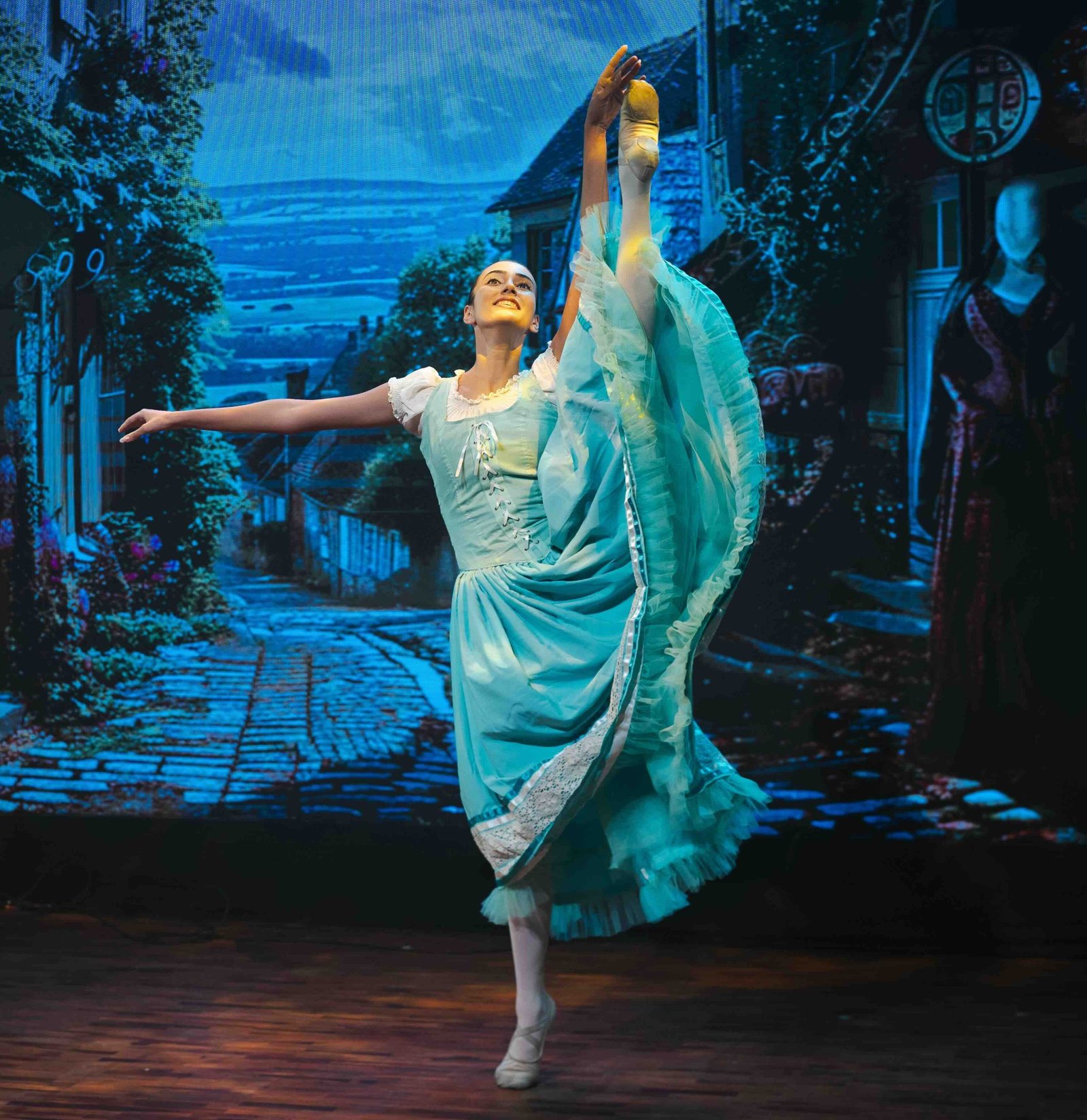 Route 4: Apprenticeships
Route 4: Apprenticeships
A ballet apprenticeship is a training program that prepares promising dancers to join a professional ballet company. Apprenticeships are paid jobs that combine on- and off-the-job training. You’ll train at a dance school and perform with the company’s corps de ballet.
To get a ballet apprenticeship, you’ll usually need to audition to get into a ballet apprenticeship program. Auditions may involve submitting a video or attending an in-person audition. Some programs may have specific requirements, such as being at least 18 years old, having classical training, or having a healthy interest in contemporary work.
Route 5: Competitions
Competitions are a good way for dancers from smaller studios to find their way into a professional ballet career. Competitions like Youth American Grand Prix, European Ballet Grand Prix and Prix de Lausanne are watched and judged by various industry insiders which gives participants exposure and could also help them get scouted into professional companies if they excel in the competition. Additionally, masterclasses conducted during these competitions are a source of valuable insight to those who don’t have access to a professional ballet studio.
One can apply for these competitions by registering on their official websites and following the procedures mentioned there.
Route 6: College Degree Programs
Dance degrees can provide students with specialist knowledge in dance forms, choreography, and the business side of dance. A college degree in fine arts or theatrical programs can be useful for ballet dancers later in life. A degree can help you secure positions as ballet teachers, especially at the college level. A college degree can also help you build your technique and mind, and you can take classes in music theory, kinesiology, and pedagogy.
The Juillard School, Indiana University and Northwestern University offer degree programs in dance and other performing arts.
When it comes to a ballet career, most of us think of performing on stage. In reality it is a super versatile field which involves professionals from various backgrounds with a multitude of skills. Whether you dream of shining in the spotlight or you prefer to work behind the scenes, this industry surely is a path for you.
Here are a few of the vast number of career paths within the ballet industry.
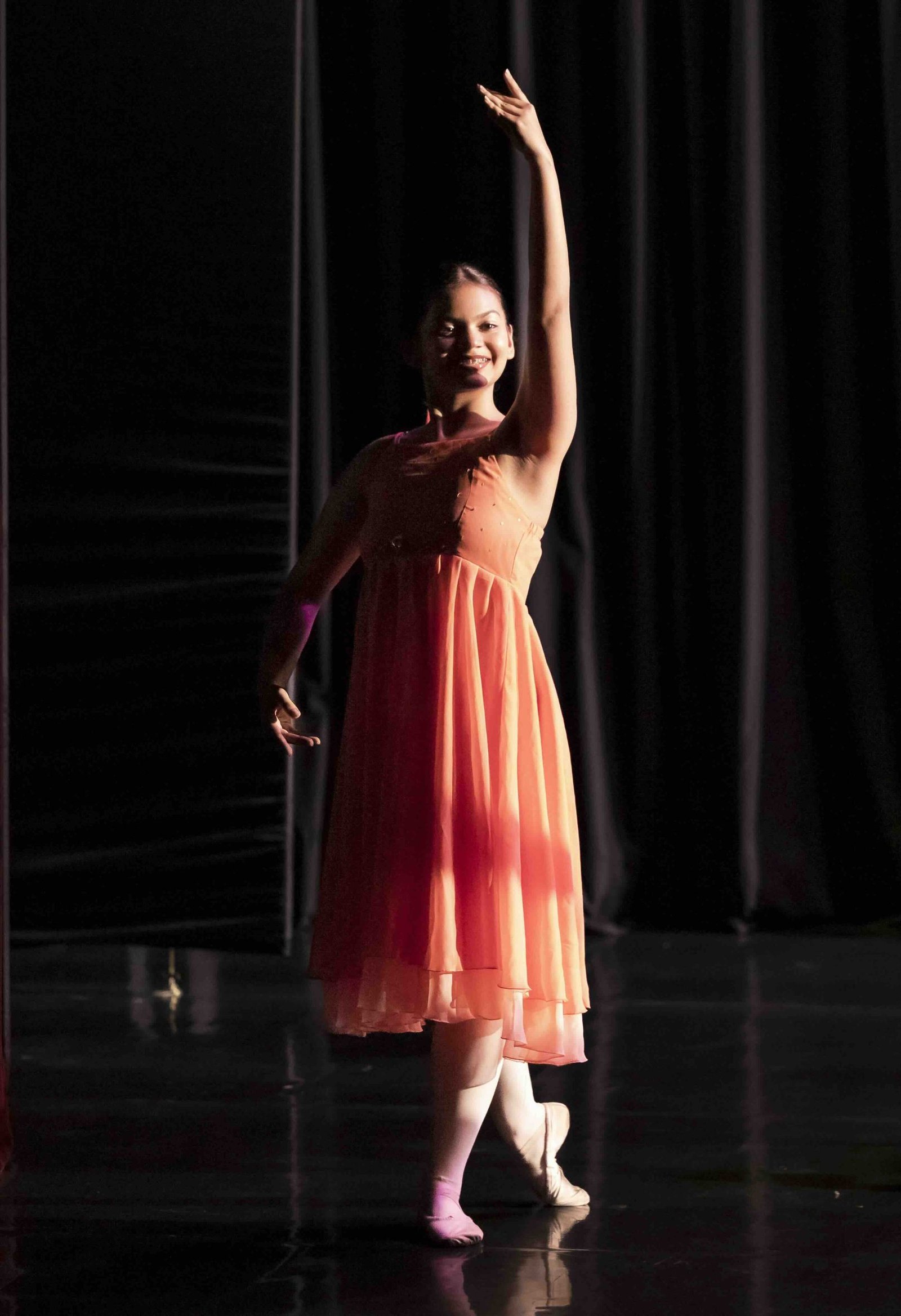 The limelight
The limelight
Professional company dancers
They are entertainment professionals who perform on stage, working with major dance companies such as The Royal Ballet, American Ballet Theatre, Bolshoi Ballet, Mariinsky Theatre, Paris Opera Ballet,etc.
Theatre artists
They are performers in theatre and musical productions. For example, Disney Theatrical Productions Limited (DTP), also known as Disney on Broadway, is the stageplay and musical production is a subsidiary of Disney Entertainment, and casts dancers trained in ballet or modern dance and singing for the stage adaptations of the Disney movies. The House of Dancing Waters, Macau is a water-based stage production casting dancers, acrobats, artistic gymnasts, high divers, etc.
Commercial dancers
Commercial dancers perform in as back-up dancers in movies, music videos, commercials, television shows, live stage productions, etc.
In the wings
Dance instructor
A dance instructor teaches students how to dance, including technique, performance, and choreography. They may teach in studios, schools, colleges, online as freelancers.
To become a dance instructor one could study for a degree or get certified through programs like the Royal Academy of Dance’s Teaching Certificate or the Imperial Society of Teachers of Dancing’s Certificate in Dance Education.
Choreographer
A choreographer is an entertainment industry professional who creates and directs dance movements and routines for musicals, plays, television and a wide range of artistic performances on and off the stage. They must have a deep knowledge of dance and an understanding of how to blend music with movement.
For people who have stopped dancing actively, choreography can provide a less-physically demanding, yet active role in the industry.
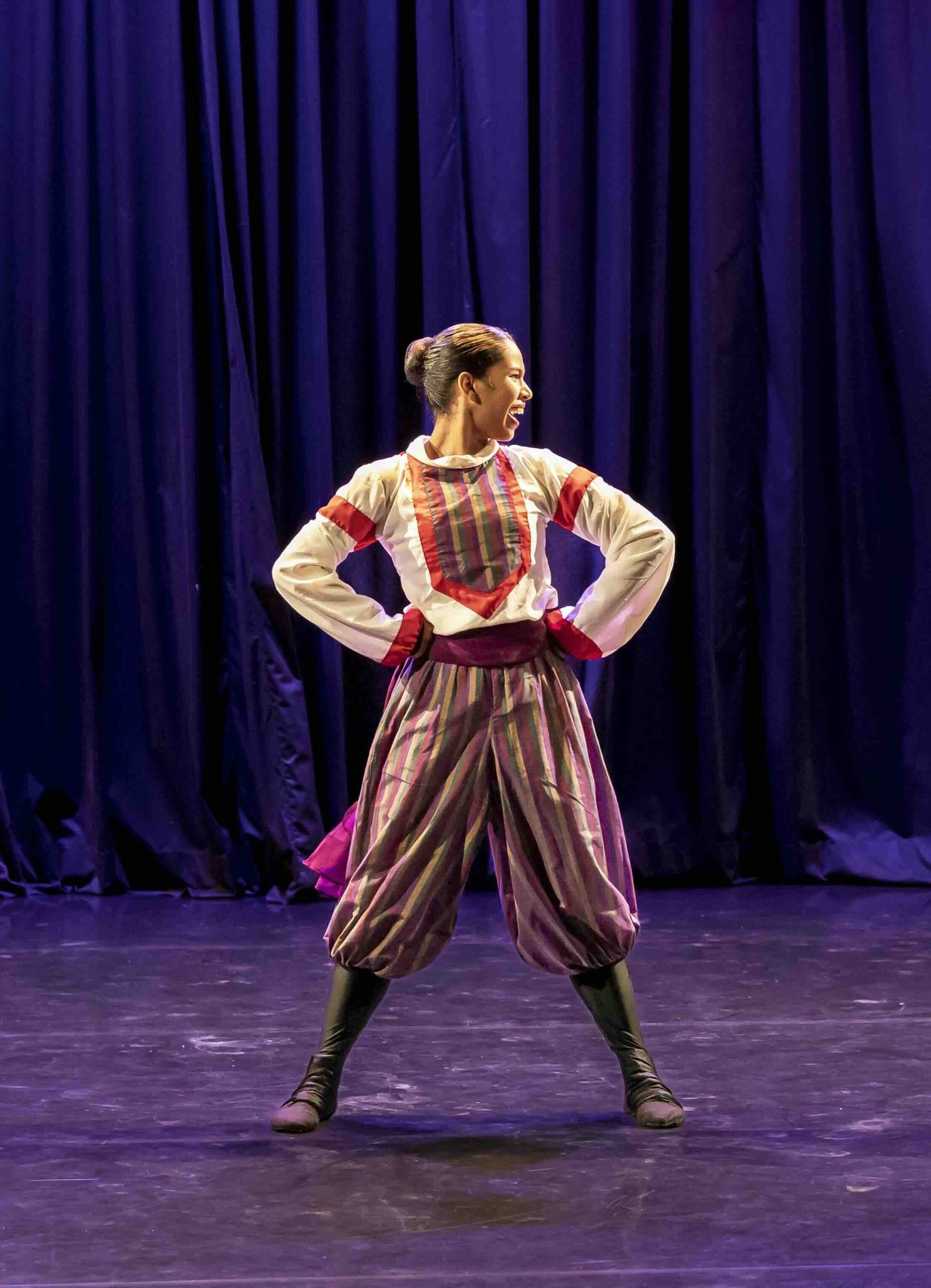 Production designer
Production designer
Production designers use their creativity and technology to create captivating shows. These professionals can work on stage scenery, props and other aspects of artistic performances.
A job in Productions design would require a degree in art or design or experience through internships.
Marketer/Publicist
A dance marketer is someone who promotes a dance studio or dance company to attract new students and grow the business. Their job involves communicating with an audience in person, through social media, e-mails, creating ads, and compelling content. Marketing job qualifications typically include a bachelor’s degree in marketing, business, or a related field.
A publicist is a professional in a dance company who helps an organization create awareness about its activities to attract audiences. The work involves writing press releases, posting information on social media and helping the dance company create promotional content on digital and traditional media. They may also invite journalists to review their company’s shows, promote the company in their work and share posts on social media.
Interdisciplinary careers
Dance medicine
Dance medicine focuses on the prevention and treatment of dance-related injuries. Professional dancers endure massive physical demands and are constantly pushing their bodies to the limit, and this career ensures that they can do so in a healthy and injury-free manner. Specialists work alongside dancers to provide rehabilitation, guidance on injury prevention, and help optimise their performance with strength and conditioning. It is perfect for someone looking for a niche between dance and the medical field.
Dance pilates/Yoga
Dance Pilates and yoga are both essential practices for core strength, balance, and flexibility – all of which are vital for dancers. Dancers transition into these fields as instructors, and help others improve their physical fitness and body awareness. Pilates and yoga are often integral parts of not only a dancer’s, but also many other athlete’s training routines, and becoming a certified instructor promises a rewarding career in teaching both dancers and non-dancers.
Physical therapy
Physical therapists play a crucial role in helping any injured person recover and improve their physical strength, gaining back usage of injured parts in a healthy manner. A physical therapist with a background in dance has a unique advantage of understanding the biomechanics of dancers, and can create custom, well targeted rehabilitation programs. This profession combines knowledge of anatomy, movement, physiology, and fitness, allowing them to work closely with dancers and athletes to ensure their return to peak performance.
Dance/art therapy
Dance and art therapy combine the healing power of movement with psychological support. This career aids people to express their emotions and work through trauma in today’s world, where unhealthy coping mechanisms abound. They use dance as a therapeutic tool in many settings, including hospitals, schools, and private practice, helping people of all ages overcome challenges. This career provides a niche between dance and psychology, and allows you to help others through the beauty of movement.

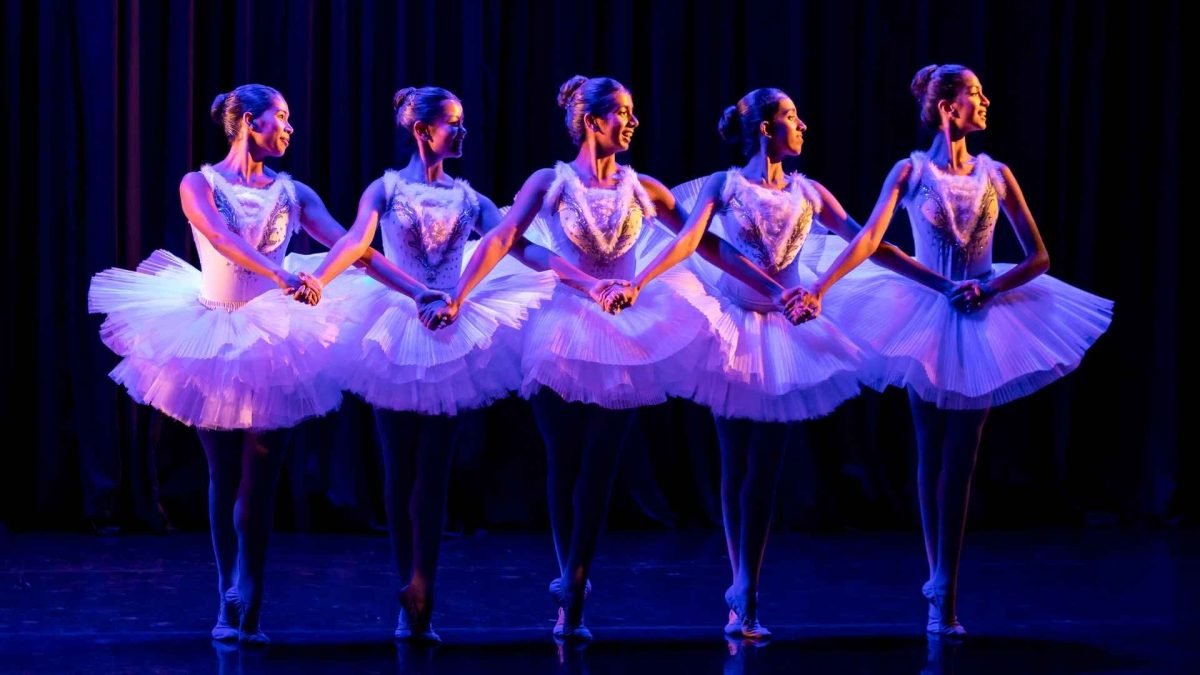






Leave a Reply